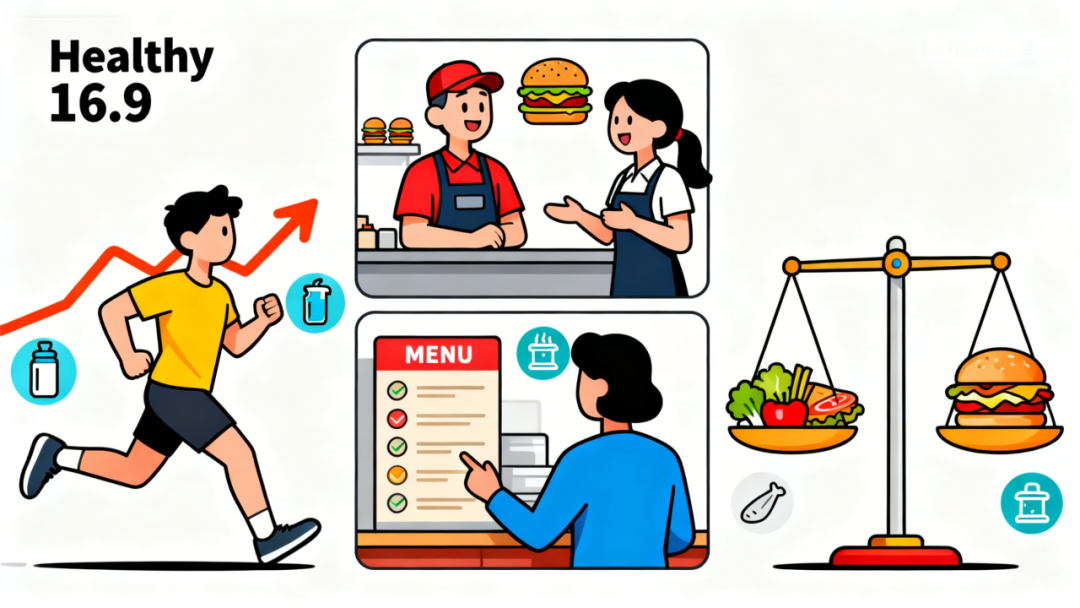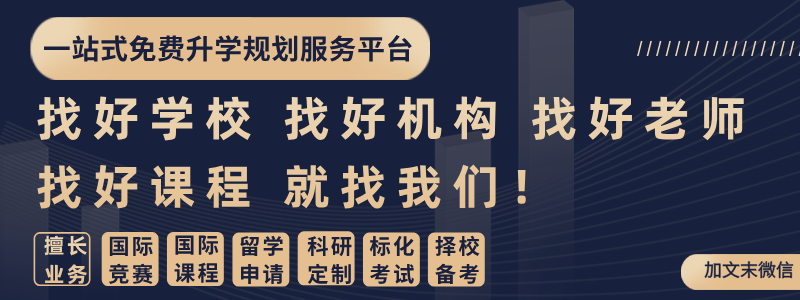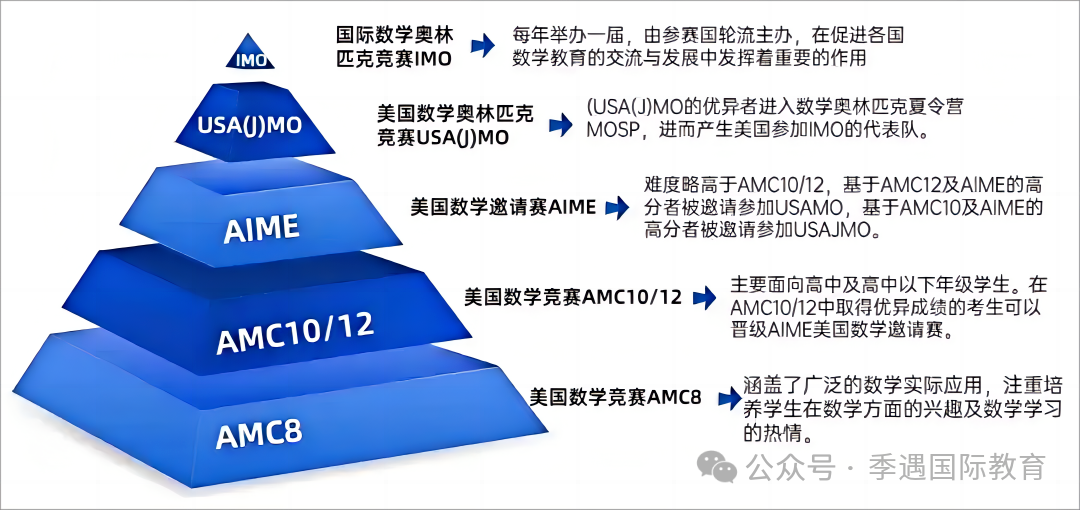Fast food chains should be required to offer healthier menu options as the majority of their items.
快餐连锁店应被要求将健康餐品作为其菜单的主要选项。
Background
背景
Fast food is popular all over the world because it is cheap, quick, and convenient. In many countries, young people and busy workers rely on it for daily meals. But fast food is also often high in calories, salt, sugar, and fat. Eating it too often can lead to health problems like obesity, diabetes, and heart disease. These health issues increase medical costs and put pressure on public healthcare systems.
快餐因其价格低廉、食用便捷、节省时间而风靡全球。在许多国家,年轻人和忙碌的职场人士依赖快餐解决日常饮食。但快餐通常高热量、高盐、高糖、高脂肪,长期过量食用易引发肥胖、糖尿病、心脏病等健康问题,不仅增加个人医疗支出,也给公共医疗体系带来沉重压力。
Some people believe governments should step in and require fast food chains to make healthier items for the majority of their menus. They argue that if people see more balanced choices like meals with vegetables, whole grains, and lean proteins, they will be encouraged to eat better. Making healthy options more common could shift eating habits and improve public health over time, especially for children and low-income families who eat fast food most often.
部分人认为,政府应介入并要求快餐连锁店将健康餐品列为菜单主体。他们认为,若能提供更多营养均衡的选择(如富含蔬菜、全谷物和瘦肉蛋白的餐品),将鼓励人们养成更健康的饮食习惯。长期来看,增加健康餐品的供应可逐步改变饮食结构、改善公众健康,尤其惠及频繁食用快餐的儿童和低收入家庭。
Others worry that such rules would limit consumer choice and raise costs for businesses. Popular items like burgers and fries would still exist, but customers might feel restricted if menus are reshaped by regulation instead of demand. Smaller franchise owners could struggle to afford the change, and many customers might ignore the new healthy items altogether. Critics argue that education, advertising changes, or voluntary efforts by companies would be better ways to promote healthier eating.
另一些人则担忧,此类规定会限制消费者选择权,并增加企业运营成本。汉堡、薯条等热门餐品可能仍会保留,但如果菜单由监管政策而非市场需求主导,消费者可能会感到受限。小型特许经营店主可能难以承担转型成本,而许多消费者或许仍会忽视新增的健康餐品。批评者认为,通过教育宣传、调整广告策略或企业自愿行动,才是推广健康饮食的更佳方式。
This debate asks: Should fast food chains be required to make healthier items the majority of their menus? Which path best balances public health, business interests, and consumer freedom?
本次辩论的核心是:快餐连锁店是否应被要求将健康餐品作为菜单主要选项?哪一种方式能更好地平衡公共健康、商业利益与消费者自由?
Key Definitions
核心定义
Fast food chains:Large restaurant companies that sell quick, cheap meals such as burgers, fries, and fried chicken.
快餐连锁店:大型餐饮企业,主营汉堡、薯条、炸鸡等便捷廉价的餐品。
Healthier options:Foods with less sugar, salt, and fat, and more ingredients like vegetables, fruits, and whole grains.
健康餐品:低糖、低盐、低脂,且富含蔬菜、水果、全谷物等营养成分的食物。
Majority of their items:More than half of the menu choices offered to customers.
菜单主要选项:占菜单总品类的一半以上。

How to Judge the Debate
(Framework)
辩论评判标准(框架)
We judge the debate by asking 我们通过以下问题评判辩论胜负:
1) Does requiring healthier menus improve people’s health in a real way? 要求提供健康菜单是否能切实改善人们的健康状况?
2) Does it help or hurt businesses and workers in the fast-food industry? 这一要求会对快餐行业的企业和从业者产生积极还是消极影响?
3) Does it protect consumer choice, or unfairly limit it? 它是保护了消费者选择权,还是对其造成了不合理限制?
4) Which side creates the best balance between public health, freedom, and fairness? 哪一方能更好地平衡公共健康、个人自由与公平性?
Context
背景情况
Right now, fast food plays a big role in people’s diets. It is cheap, quick, and easy, which makes it popular with young people, families, and workers with little time. But many fast-food meals are high in calories, fat, salt, and sugar. Eating too much of this kind of food is linked to obesity, diabetes, and heart disease, which are becoming major health challenges in many countries.
目前,快餐在人们的饮食结构中占据重要地位。其廉价、便捷、省时的特点,使其受到年轻人、家庭以及时间紧张的职场人士的青睐。但许多快餐餐品高热量、高脂肪、高盐、高糖,长期过量食用与肥胖、糖尿病、心脏病等疾病密切相关,这些疾病已成为许多国家面临的主要健康挑战。
Governments and health experts are increasingly looking at food companies to help solve these problems. Some chains have already added salads, fruit, and grilled options to their menus, and a few countries have tried rules on advertising to children or calorie labelling. Supporters of stronger action say that making healthy items the majority of fast-food menus would change eating habits and reduce health risks, especially for children and low-income groups who often rely on fast food.
政府和健康专家正日益重视食品企业在解决这些问题中的作用。部分快餐连锁店已在菜单中添加沙拉、水果和烤制品,一些国家也尝试实施针对儿童的广告限制或热量标注规定。支持采取更严格措施的人士表示,将健康餐品列为快餐菜单主体,将改变人们的饮食习惯、降低健康风险,尤其惠及频繁依赖快餐的儿童和低收入群体。
But there are challenges. Fast food chains make most of their profits from popular items like burgers and fries and forcing them to change menus could hurt sales. Smaller franchise owners might struggle with the costs of introducing new items, and many customers may still prefer traditional choices. Some argue that education and personal responsibility are better solutions than government regulation.
但这一举措也面临挑战。快餐连锁店的主要利润来源于汉堡、薯条等热门餐品,强制调整菜单可能会影响销售额。小型特许经营店主可能难以承担推出新品的成本,而许多消费者或许仍会偏好传统餐品。部分人认为,相比政府监管,教育引导和个人责任才是更优解决方案。
This debate is about whether requiring healthier menus is the best way to improve public health. It is not just about food, it is about what kind of responsibility businesses and governments should have for people’s well-being.
本次辩论聚焦于“要求提供健康菜单是否是改善公共健康的最佳方式”。这不仅关乎食品本身,更涉及企业和政府应在保障公众健康方面承担何种责任。

Prop (We support the motion)
正方(支持该辩题)
Winning Strategy:Show that requiring healthier menus is a simple, expandable way to improve public health without banning popular foods. The focus is on protecting vulnerable groups, shifting habits, and reducing long-term healthcare costs.
制胜策略:证明要求提供健康菜单是一种简单可行、可推广的公共健康改善方案,且不会禁止热门餐品。核心在于保护弱势群体、改变饮食习惯、降低长期医疗成本。
Argument 论点1
Healthier menus reduce disease.
健康菜单可减少疾病发生。
Claim 主张
Making healthy options the majority lowers diet-related illness.
将健康餐品列为菜单主体,能降低与饮食相关的疾病发生率。
Analysis 分析
Fast food is often high in salt, sugar, and fat, fuelling obesity, diabetes, and heart disease. The majority of what is on display becomes the default, and if healthier meals are the default, people naturally consume less unhealthy food.
快餐通常高盐、高糖、高脂肪,是导致肥胖、糖尿病和心脏病的重要因素。菜单上的主流选项往往会成为消费者的默认选择,若健康餐品成为默认选项,人们自然会减少不健康食品的摄入。
Example 例子
In the UK, mandatory calorie labelling and reformulation rules led to gradual reductions in sugar and salt intake.
在英国,强制性热量标注和食品配方改良规定,促使民众的糖和盐摄入量逐步下降。
Impact 影响
This saves thousands of lives and reduces public healthcare spending.
这一举措可挽救数千人的生命,并减少公共医疗支出。
Argument 论点2
It reduces nutrition inequalities
between children from poor
families and the rest of society.
缩小贫困家庭儿童与其他群体的营养差距。
Claim 主张
Vulnerable groups benefit most from better food choices.
弱势群体将从更优质的食品选择中获益最多。
Analysis 分析
Children and lower-income families eat fast food more often because it is cheap and convenient and they often lack other options that are equally tasty. Giving them healthier default options protects them from long-term health risks.
儿童和低收入家庭因快餐价格低廉、食用便捷,且往往缺乏其他同等美味的选择,食用快餐的频率更高。为他们提供健康的默认餐品选项,能保护其免受长期健康风险的影响。
Example 例子
In U.S. school lunch reforms, requiring fruit and vegetable options increased consumption and improved nutrition.
美国校园午餐改革中,要求提供水果和蔬菜选项,提高了学生的营养摄入,改善了整体营养状况。

Impact 影响
This creates a healthier next generation and reduces inequality in health outcomes. It also has secondary benefits on poor children in terms of succeeding at school and finding a good job because good nutrition makes concentration easier.
这将培养更健康的下一代,缩小健康成果方面的不平等。良好的营养有助于提高注意力,对贫困儿童的学业表现和未来就业也有间接益处。
Argument 论点3
Regulation shifts the entire food industry.
监管将推动整个食品行业转型。
Claim 主张
A clear rule forces chains to innovate and change their products.
明确的监管规则将迫使快餐连锁店进行创新和配方改良。
Analysis 分析
When chains must make healthier items the majority, they adapt recipes, invest in new products, and influence suppliers to grow healthier ingredients. This pushes the whole industry forward.
当连锁店必须将健康餐品列为菜单主体时,它们将调整食谱、投资研发新品,并推动供应商种植更健康的食材,进而带动整个行业向前发展。

Example 例子
When New York City banned trans fats in restaurants, suppliers stopped using them nationwide.
纽约市禁止餐厅使用反式脂肪后,全国供应商均停止了反式脂肪的使用。
Impact 影响
Society benefits from systemic change, not just individual choices.
社会将从系统性变革中获益,而非仅依赖个人选择的改变。
Opp (We oppose the motion)
反方(反对该议题)
Winning Strategy: Show that mandating menus is heavy-handed, impractical, and unnecessary. The key is to argue that choice, education, and voluntary efforts are better than forced regulation.
制胜策略:证明强制规定菜单是强硬、不切实际且不必要的。核心论点是,选择权、教育引导和企业自愿行动优于强制监管。
Argument 论点1
People should decide what to eat.
人们应有权决定自己的饮食。
Claim 主张
Food choice is a matter of personal freedom.
饮食选择是个人自由的一部分。
Analysis 分析Adults know burgers and fries are unhealthy but often choose them for taste or culture. People have a right to decide what they want to eat and whether they taste over health. Government rules that limit menus disrespect personal responsibility and cultural diversity.
成年人明知汉堡、薯条不健康,但仍可能因口味或文化原因选择它们。人们有权决定自己想吃什么,以及是否优先考虑口味而非健康。政府通过限制菜单来干预饮食选择,是对个人责任和文化多样性的不尊重。
Example例子
Soda taxes in some U.S. cities led to consumer backlash, with many people crossing city lines to buy drinks.
美国部分城市征收汽水税后,引发消费者强烈反对,许多人跨城购买汽水以规避税收。
Impact 影响
Mandates risk undermining trust in government and create resistance rather than healthier habits.
此类强制规定可能破坏民众对政府的信任,引发抵触情绪,而非培养更健康的饮食习惯。
Argument 论点2
“Healthy” is hard to define.
“健康”的定义难以界定。
Claim 主张
Nutrition is complex and changes over time.
营养科学复杂且不断发展变化。
Analysis 分析
Rules on salt, fat, and sugar often ignore cultural foods or create loopholes. Chains may add ultra-processed “healthy” items that technically fit the rules but aren’t better for health.
针对盐、脂肪、糖的监管规则往往会忽视文化特色食品,或留下监管漏洞。连锁店可能推出超加工的“健康”食品,这些食品在技术上符合规定,但对健康并无实质益处。
Example 例子
Many “low-fat” products in the 1990s were loaded with sugar to meet regulations.
20世纪90年代,许多“低脂”产品为符合监管要求,添加了大量糖分。

Impact 影响
This creates confusion, wastes resources, and risks misleading consumers. It can cause consumers to consume more fast food because of a mistaken belief that it is now healthier.
这会造成消费者困惑、浪费资源,并可能误导消费者——人们可能因误以为快餐已变得健康而增加食用量。
Argument 论点3
Mandates hurt small businesses and franchises.
强制规定会损害小型企业和特许经营店
Claim 主张
Changing menus creates costs that fall hardest on smaller operators.
调整菜单产生的成本,将主要由小型经营者承担。
Analysis 分析
Reformulating recipes, retraining staff, and managing new supply chains is expensive. Large chains can absorb this, because it constitutes a fixed cost that can be distributed over many locations and because they tend to have larger revenues and capital reserves, but smaller franchises may fail and go bankrupt, leading to consolidation.
改良食谱、重新培训员工、管理新的供应链均需投入大量资金。大型连锁店可通过多门店分摊固定成本,且通常拥有更充足的收入和资金储备,能够承受这些成本;但小型特许经营店可能因难以负担而倒闭,导致行业集中度提高。
Example 例子
When some U.S. states introduced strict labelling laws, smaller restaurants struggled with compliance costs.
美国部分州推出严格的食品标注法规后,小型餐厅陷入合规成本困境。
Impact 影响
The consolidation of the market means there is less competition which leads to higher prices, lost jobs, and less choice for consumers.
市场集中度提高将导致竞争减少,进而引发物价上涨、就业岗位流失,最终减少消费者的选择空间。
Extra Tips
额外提示
1. Prop: Explain why eating food that is bad for oneself isn’t a free choice and why many people do it even though they would like to eat differently.
正方:需解释为何食用不健康食品并非真正的自由选择,以及为何许多人虽希望饮食更健康,却仍选择快餐。
2. Opp: Provide some examples for other areas in which we leave consumers the free choice to do things that aren’t necessarily good for them and explain why that is important.
反方:可列举其他领域中,允许消费者自由选择并非绝对有益的行为的例子,并解释保留这种选择权的重要性。
3. Use real-life examples and emotional stories to support each side.
双方均需运用真实案例和情感化故事支撑论点。
4. Show that both sides care about consumers but explain why your side does so better.
需表明双方均关注消费者利益,但要阐明己方方案更能有效保障消费者利益。












